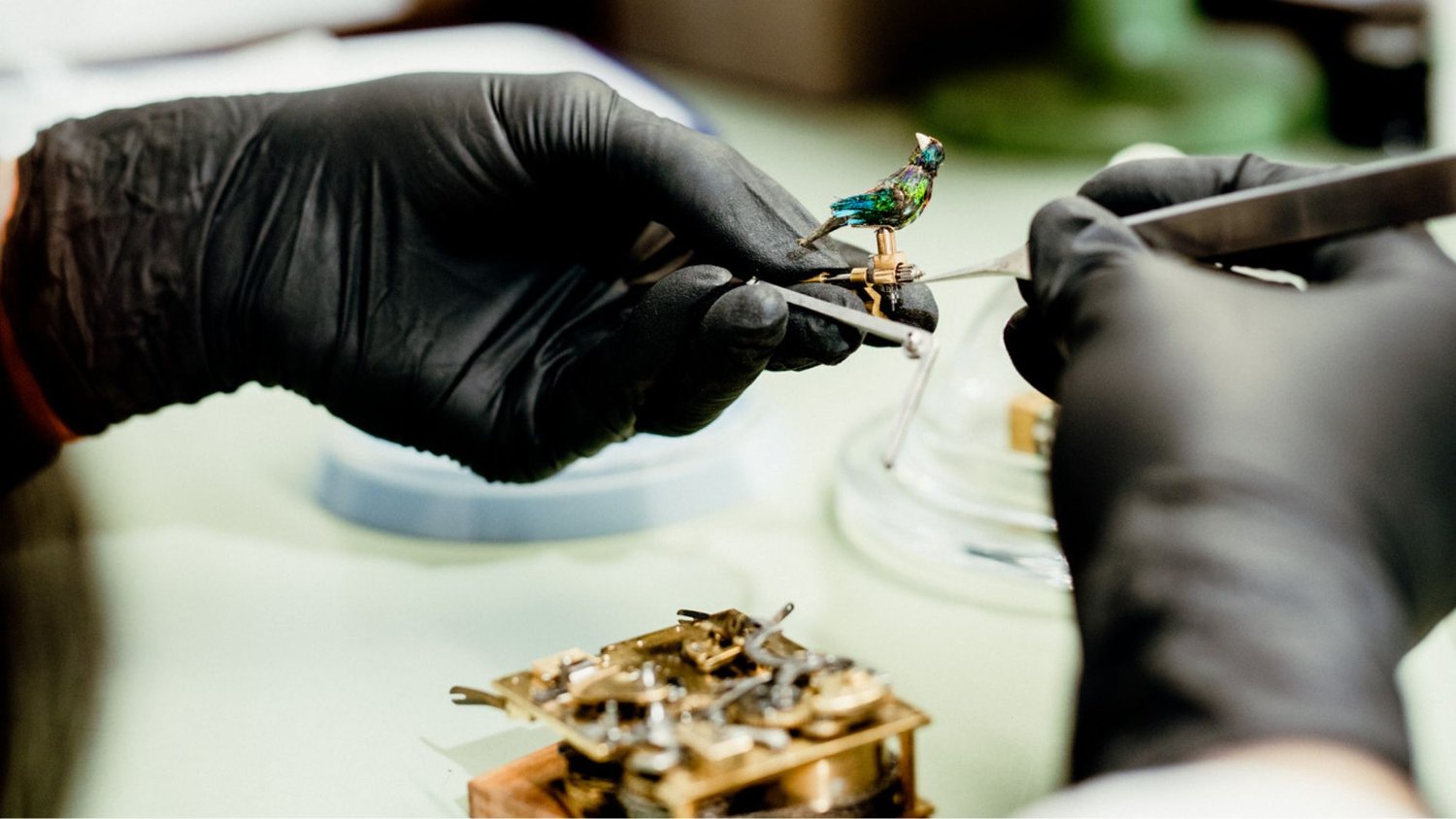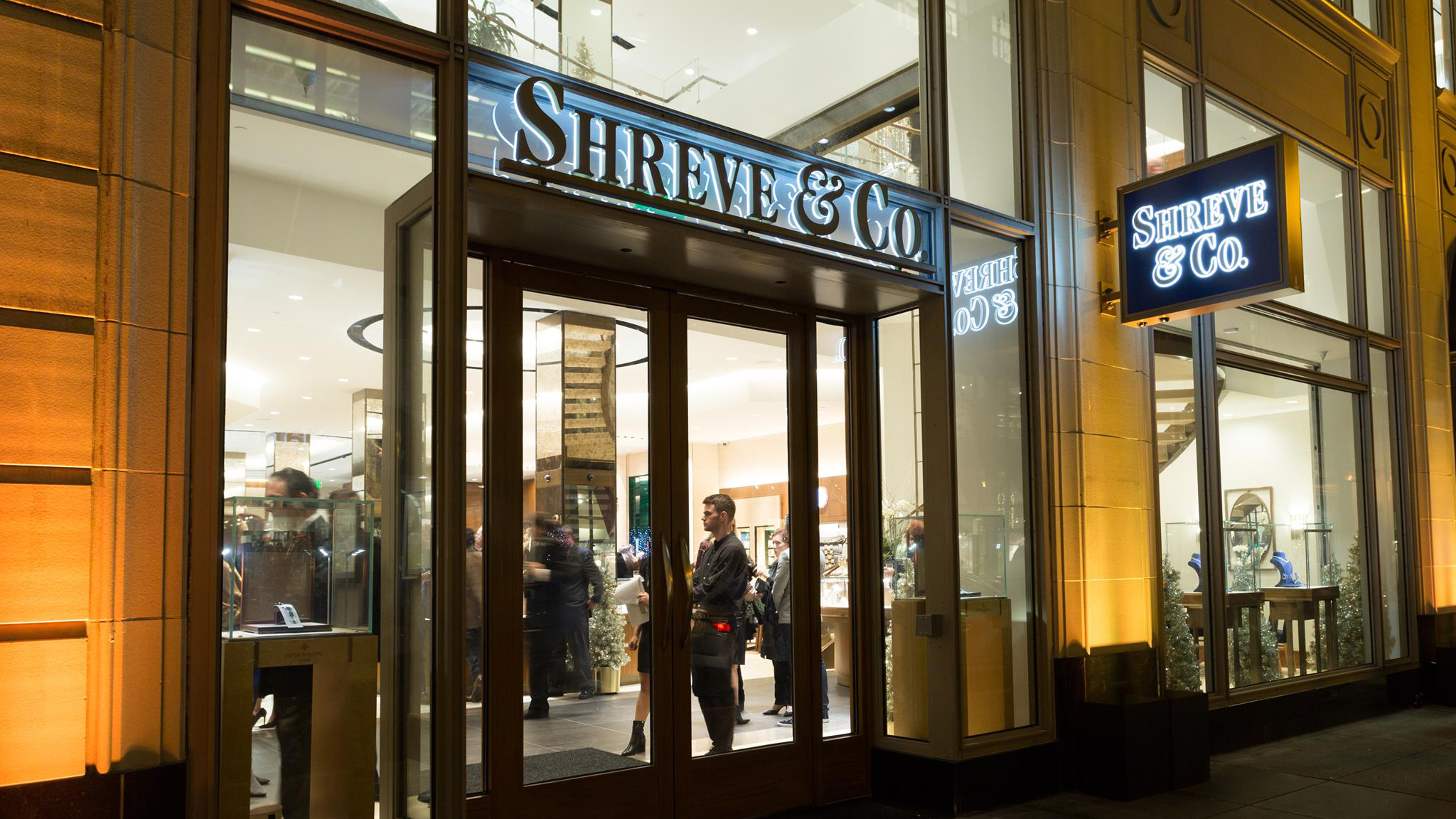ADVERTISEMENT

This post is part of a series, Reading Time at HSNY, written by HSNY's librarian, Miranda Marraccini.
Those of you who have been following my posts about our collection at the Horological Society of New York (HSNY) will know that as a librarian, I'm preoccupied with marks in books. I don't disapprove of them–in fact I think they add immeasurably to the story of these paper objects and the people who loved them. At HSNY, we have lots of books that show traces of their owners, but the most adorable are the scrawls, signatures, and doodles left by children.
Image 1
One very well-loved children's book in our collection is "Rollo's Experiments" (1841). It stars the eponymous farmboy Rollo, seven years old, curious about everything, and quite easily distracted. The author, Jacob Abbott, wrote 14 Rollo books and they were popular enough at the time to have parody versions that skewered contemporary political figures.
We know a child read this copy of the book (or at least used it) because someone has colored in all the woodcut illustrations with what looks like a pastel crayon (see Image 1). Even though it's sticky and comes off everywhere, this crayon is the charming evidence of how the book lived. Our copy is also signed in neat pencil by two girls, Sophie and Ellen Sword, possibly sisters.
In the chapter titled "Horology," Rollo, playing in the sandbox with his brother Nathan, decides to make an hourglass. He quickly tires of this project because it involves washing and drying dirty sand. But then in the next chapter, Rollo's father's "hired boy" Jonas, who is a bit older, decides to make a sundial. In speaking with different adults in the story, Rollo and Jonas learn how to draw a meridian line, how to find the North Star, and how to build a gnomon (the triangular blade of the sundial that casts the shadow). In image 2, colored in by our eager reader, Jonas and Rollo work on their sundial, which is made out of some spare fence posts.
Image 2
Although "Rollo's Experiments" was first published in 1839, it reads like any modern kids' book. A blurb from The Mother's Magazine, originally printed in the front of the book, says, "[Abbott's] boys and girls talk and act like boys and girls, not miniature men and women." Their dialogue and behavior still rings true today. The boys learn about how to create a sundial by building one, with gentle guidance from Rollo's older, logically-minded sister, from patient adults, and from other books. They don't understand everything, they make mistakes, and they get distracted and forget about their experiments. Rollo never finishes the hourglass. He gets a time-out for fighting with his little brother. And as he learns, the children reading learn along with him.
Another book in our library with annotations by a child is "Industrial Curiosities: Glances here and there in the World of Labour," published in London in 1880 (our copy is the 1891 edition). One of my previous posts focused on a similar encyclopedia of the trades owned by generations of women in a family, some of whom signed their names in the book as children. "Industrial Curiosities," as in that case, is not a book specifically written for children. This book has different sections explaining the history of various industries, like leather, perfumes, and even "seals and sealskins." We own a copy of the book because of its long section about clocks and watches.
The end of the 19th century was a time of major change in horology, when watches were beginning to be produced in factories by machines, instead of in small workshops by hand. Pocket watches became more attainable and eventually ubiquitous. Alexander Hay Japp, the author of "Industrial Curiosities," writes, "the penalty the City-man pays for the keyless gold repeater in his pocket is that he has lost the simple faculty…of reading time by the sun." Sound familiar? Replace the word "keyless gold repeater" with "phone" and "sun" with "watch."
Japp gives a vivid picture of the recent mechanization of the American watch factory. His description, which he quotes from an article by the women's labor activist Emily Faithfull, makes no secret of the fact that children were working in the National Watch Company factory in Elgin, Illinois.
When drilling holes in the mainplate for screws, "a little girl cuts them with a needle-like drill, which revolves like lightning…another girl, with a chisel, whirling with equal rapidity, cuts away the ragged burrs or edges." In the train room, a "girl in charge" cuts the teeth of wheels. "Nimble-fingered girls" also work in painting dials, engraving parts, inserting mainsprings, and in manufacturing the 44 screws needed to assemble each watch.
Some of these girls were young adults or older teens, but some were children ("little girls" as well as boys) working with heavy machinery in dangerous conditions. A girl in the electroplating room in Elgin "was kept at home for three weeks, with sores upon her hand" caused by contact with the "deadly poison" solution. Their work prefigures the "Radium Girls" of the 20th century, who painted dials with poisonous radium, one of whom is now honored by a scholarship at HSNY.
Image 3
Our copy of "Industrial Curiosities" contains this pencil drawing of a man in a hat and a woman in a triangular dress holding hands (Image 3). The woman has curly hair and no fingers, while her companion has all his fingers and is leaning on an unidentified stick-like object. A child took this book off the shelf and (perhaps sneakily) added their own unique touch. This sweet little drawing is a reminder that the kids in these books, and the kids who read them, were real people with individual struggles, quirks, hobbies, and triumphs. "Rollo" and "Industrial Curiosities" together show a range of experiences for kids of this period: working as a hired hand, working in a factory, hanging out on a farm, learning science at home.
Image 4
At HSNY, in addition to these old, much-loved books, we have a whole collection of modern juvenilia, which is the formal library way of saying children's books (though I prefer the latter). There are classic favorites for chapter-book readers like "The Time Garden" by Edward Eager (1958), in which a group of kids travel through time with the help of a talking toad and a magical sundial in a thyme garden (get it?). In Lloyd Alexander's "Time Cat" (1963), a cat named Gareth leads his boy on a journey through nine lives over thousands of years. And of course we have a few copies of the first Nancy Drew story, "The Secret of the Old Clock", an exciting tale involving a missing will, hostages, and a car chase (1930). In a more recent favorite, Brian Selznick's "The Invention of Hugo Cabret" (the basis of the movie "Hugo") a young French boy repairs clocks and automata and solves a mystery. This book is filled with beautiful, textural pencil drawings like the one in image 4.
We also have a selection of interactive picture books that help kids learn how to tell time on an analog clock (Image 5). It's a skill that not all kids know in a digital age, but these books make it fun.
Image 5
Although I'm not officially suggesting that kids in our library can write in the books, I wholeheartedly invite them to visit us and enjoy the collection in whatever way makes sense to them. Families are more than welcome. We're open on weekdays, 10AM-5PM, and we do have stickers!







































Top Discussions
Dispatch Five Days In Italy Driving The 2023 Mille Miglia, The Most Beautiful Race In The World
Introducing The Richard Mille RM 72-01 Le Mans Classic
Watch Spotting Rihanna Wears A 47mm Baguette-Set Jacob & Co. Watch As A Choker During Paris Fashion Week